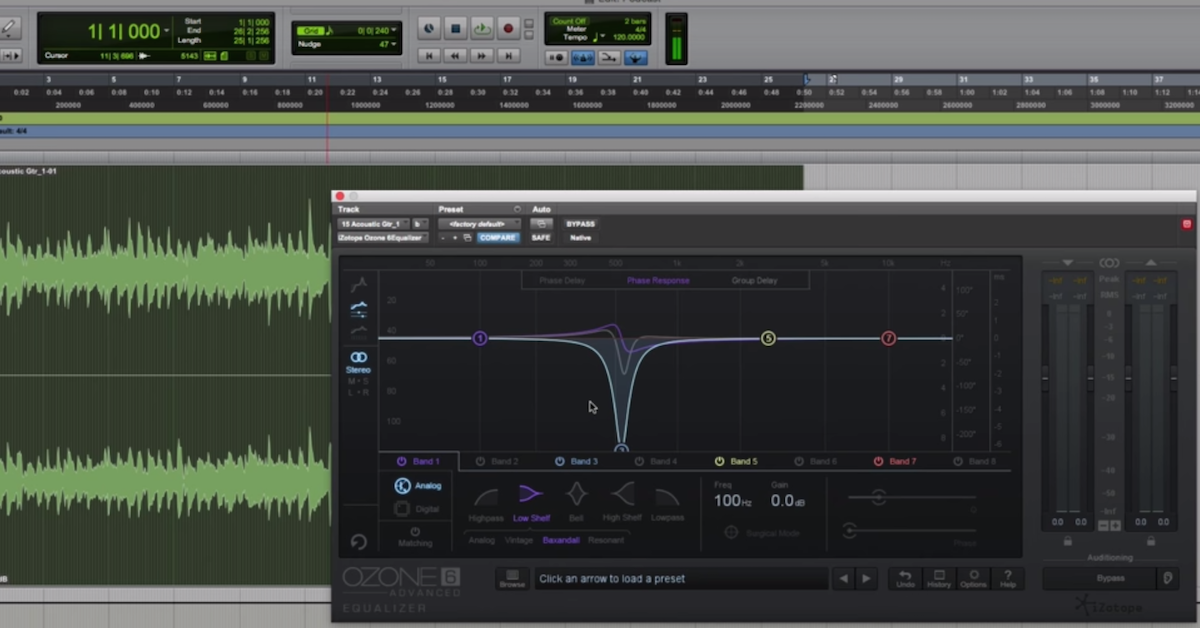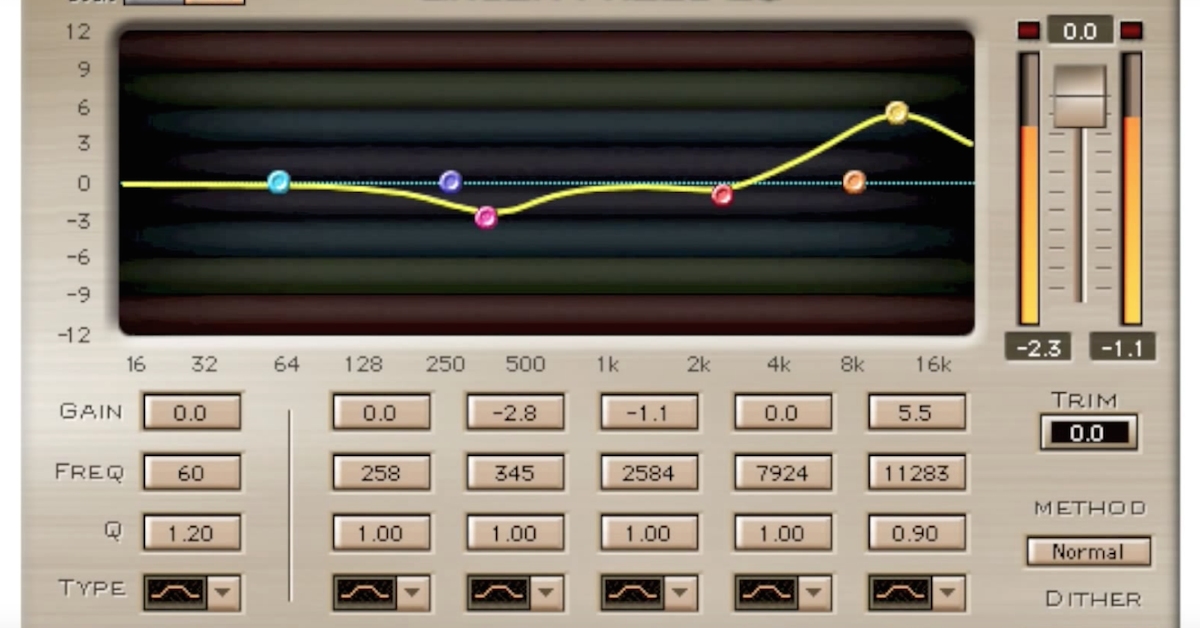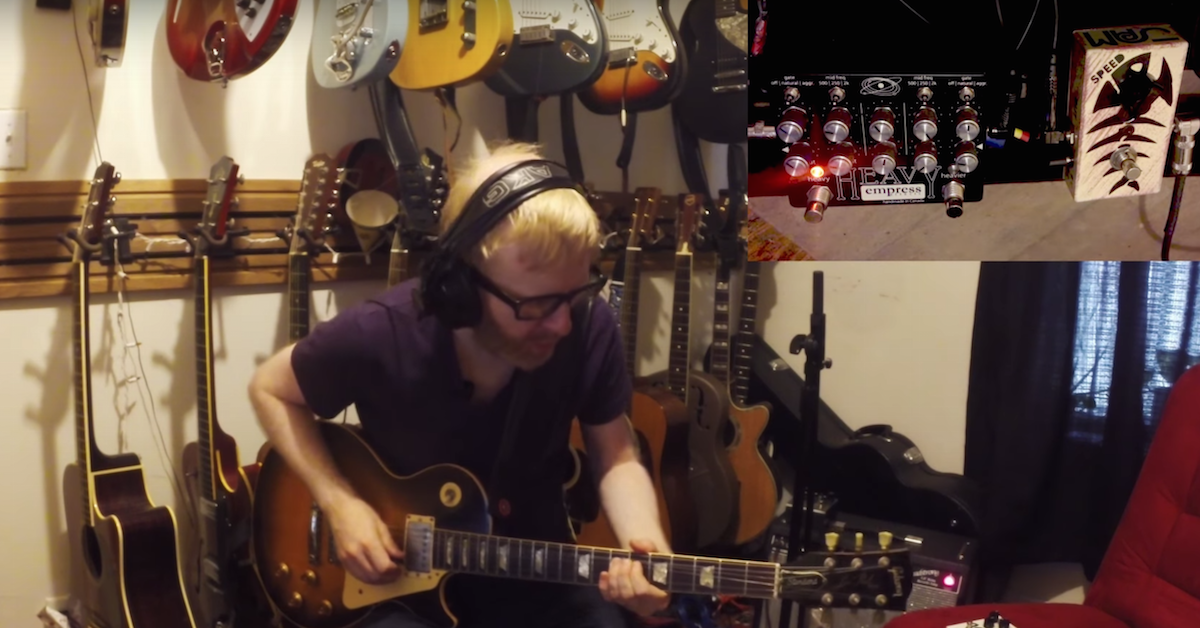When to Consider Using Linear Phase EQ (or Not)
Article Content
There’s a technique for removing resonances while doing minimal damage to the integrity of the sound. The process involves duplicating the source track and band-passing the duplicate at the frequency of the resonance, using specifically a linear phase EQ.
Now, I’m not generally the biggest fan of Linear Phase EQ. Maybe add it to the ever-growing list of unpopular opinions I hold, but to my ear, I’ve never heard one that sounds natural. The tone change occurs in a way that’s oddly clean. It’s like the source sound is supposed to move in a dimensional way but with a linear phase EQ it just doesn’t.
That said, linear phase EQ’s do have their place. That place, in my working process, is a consideration when EQ’ing two sources that share phase dependency. In other words, anything where multiple mics were used to record the same source — like drums, multiple mics on a guitar cab or a direct mic on a source plus a room capture. Or, any sort of parallel processing.
The main reason to consider using a Linear Phase EQ is that when using minimal phase EQ, the combined signals will have a non-linear phase relationship that will vary both with Q and with degree of boost/attenuation. This isn’t always a problem, and in fact can be a good thing.
The reason it’s not so great in my parallel resonance remover is that the Q is extremely narrow, and the degree of attenuation is consistently changing in time. This creates a massive amount of phase shift right around the band pass, effectively adding artifacts in the process of removing the resonance. Because Linear Phase EQ has the same phase change regardless of Q and degree of attenuation, those potential artifacts are eliminated.
While on the subject, I think it’s worth mentioning that there are times that this phase change can be good. For example, hi-passing a duplicate vocal track at around 2k and adding a tiny tiny bit of distortion and sometimes some compression can make for a very effective exciter. In this instance it’s worth experimenting with both linear phase and minimal phase EQ for the hi-pass. The linear phase will retain more of the body of the combined sound, but may not possess the same depth or dimensionality. Depending on what we’re going for, one may be preferable to the other. And the same is true in terms of EQ’ing close captures of drums as well. Phase shift is part of the natural way we perceive depth so it’s not like one approach is inherently better.
More than anything, Advanced Mixing is about discovery and opening up possibilities. I encourage everyone, regardless of experience level, to continue challenging themselves. And I hope the bit on Linear Phase EQ opened up some new ideas.




